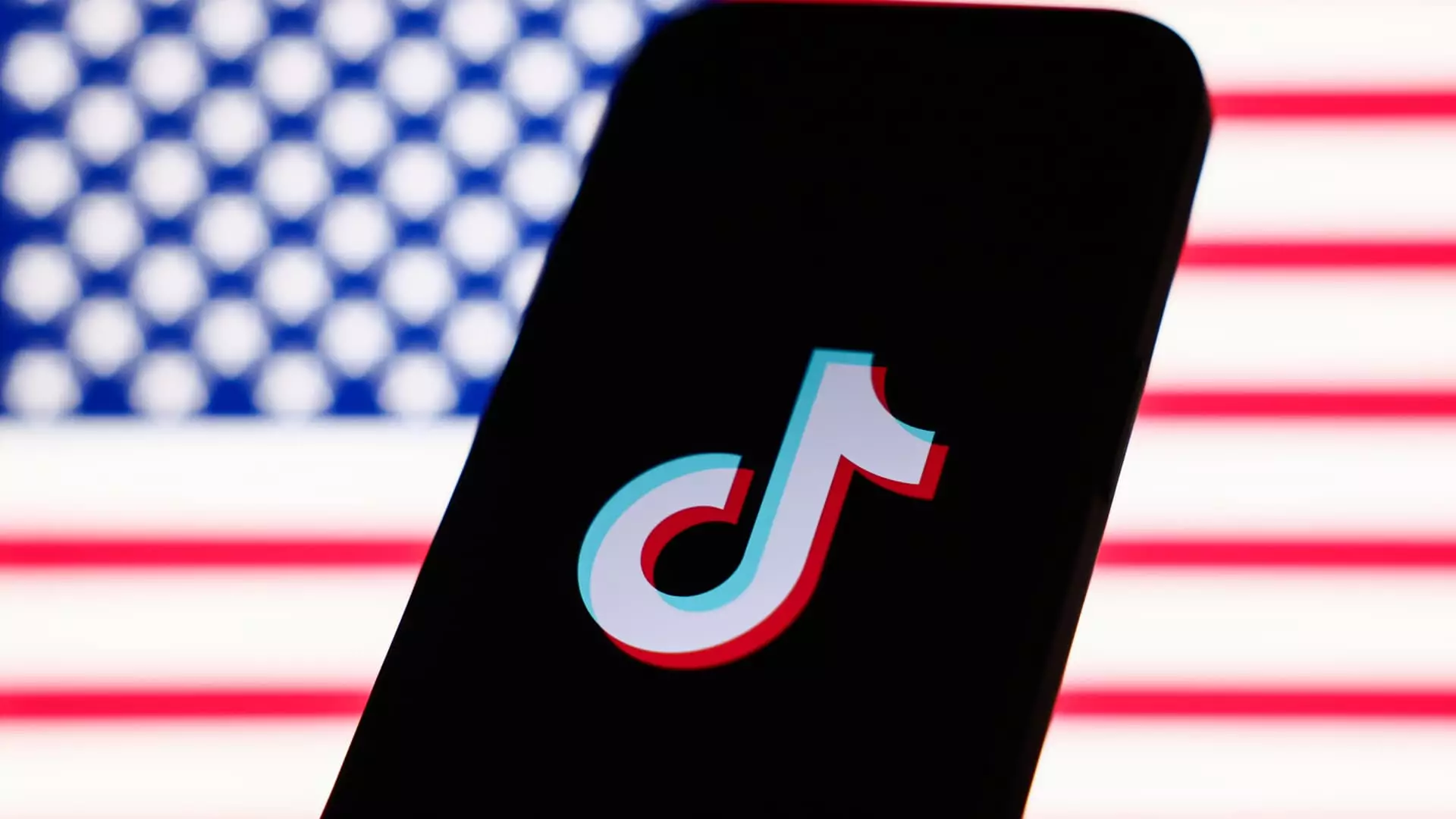As the digital landscape evolves, established platforms and emerging technologies are finding new ways to collaborate, compete, and thrive. In a remarkable strategic maneuver, Perplexity AI, the prominent artificial intelligence search engine startup, has officially made a bid to its parent company, ByteDance, to merge with the influential social media platform TikTok. This proposed union aims to create a new entity that will intertwine Perplexity’s innovative search capabilities with TikTok’s vast video-driven audience, potentially reshaping the future of content consumption.
At the heart of this development lies an intriguing notion: the partnership between AI and user-generated content. Perplexity AI, which has been vying for dominance in the AI search engine space alongside giants like OpenAI and Google, sees TikTok as a vital platform for expanding its offerings. By integrating TikTok’s immersive video content with Perplexity’s AI-powered search technology, the new entity could redefine how users engage with information online, creating a multifaceted experience that goes beyond traditional search paradigms.
The merger proposal has drawn attention not only for its innovative approach but also for the financial implications. Perplexity began 2024 with a valuation of approximately $500 million, which has soared to around $9 billion as investor interest surged amid the generative AI boom. The allure of AI-assisted search, especially in light of Google’s concerns about competition, marks a significant turning point for the tech ecosystem. The overlap between content accessibility and AI-driven tools heralds a future where consumers enjoy a richer, more interactive online experience.
The unfolding narrative around Perplexity AI and TikTok is emblematic of a shifting investor sentiment toward technology ventures that integrate AI with everyday use cases. The potential for existing ByteDance investors to maintain equity stakes serves as a strategic enticement, ensuring that the interests of current stakeholders are preserved while also attracting new partners. Analysts speculate that the final valuation tied to this merger proposal could exceed $50 billion, driven by both the allure of TikTok’s user base and the groundbreaking capabilities Perplexity AI brings to the table.
However, the journey to a finalized agreement is fraught with complexity. The landscape surrounding TikTok is clouded by regulatory scrutiny and geopolitical tensions. During a recent interview, President-elect Donald Trump hinted at extending a deadline for negotiations over the app’s U.S. operations, signaling potential shifts in political favor toward keeping TikTok active and operational on American soil. Such developments underline the tenuous balance between technology innovation and regulatory frameworks in the digital age.
Despite the ambitious vision behind the merger, challenges lie ahead for both parties. ByteDance has publicly resisted offers to sell TikTok U.S., which positions Perplexity’s merger proposal as a unique alternative. This strategy of creating a merger rather than executing a traditional sale could circumvent some obstacles while crafting a more favorable outcome for ByteDance and its investors.
Nonetheless, even if negotiations progress favorably, the merger could take months to finalize, particularly given the regulatory landscape and the strategic interests of various stakeholders involved. The apparent commitment from TikTok’s CEO, Shou Zi Chew, to maintaining a collaborative dialogue with the incoming administration highlights the importance of addressing political concerns in tandem with corporate ambitions.
As digital systems converge, the challenges and opportunities presented by this unique merger proposal are noteworthy. The anticipated integration of AI with social media has the potential to not only enhance user experiences but also reshape the future of information accessibility. Perplexity AI’s bold bid for TikTok reflects a growing trend where technology companies seek to innovate through collaboration.
While the outcome of this merger remains uncertain, it raises critical questions about the direction of digital media landscapes. Will this partnership herald a new era where AI enriches the ways in which users interact with content, or will regulatory hurdles stymie such innovation? As stakeholders await the developments, one thing remains clear: the intersection of AI and social media will prove pivotal in shaping the digital environment of the future.



Leave a Reply